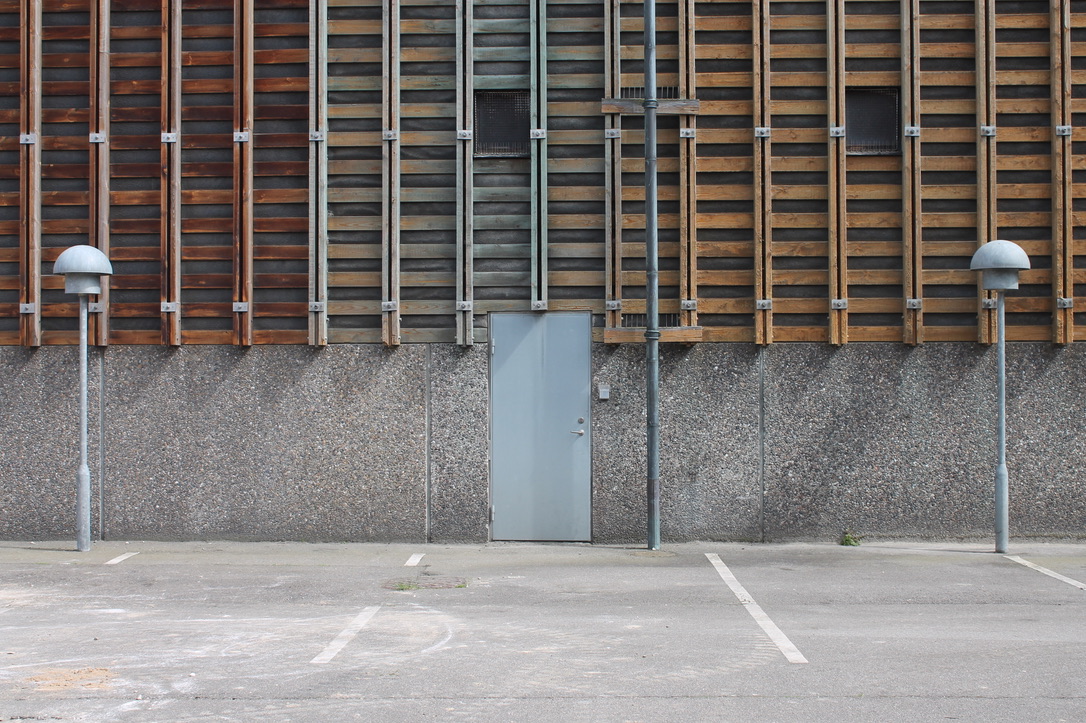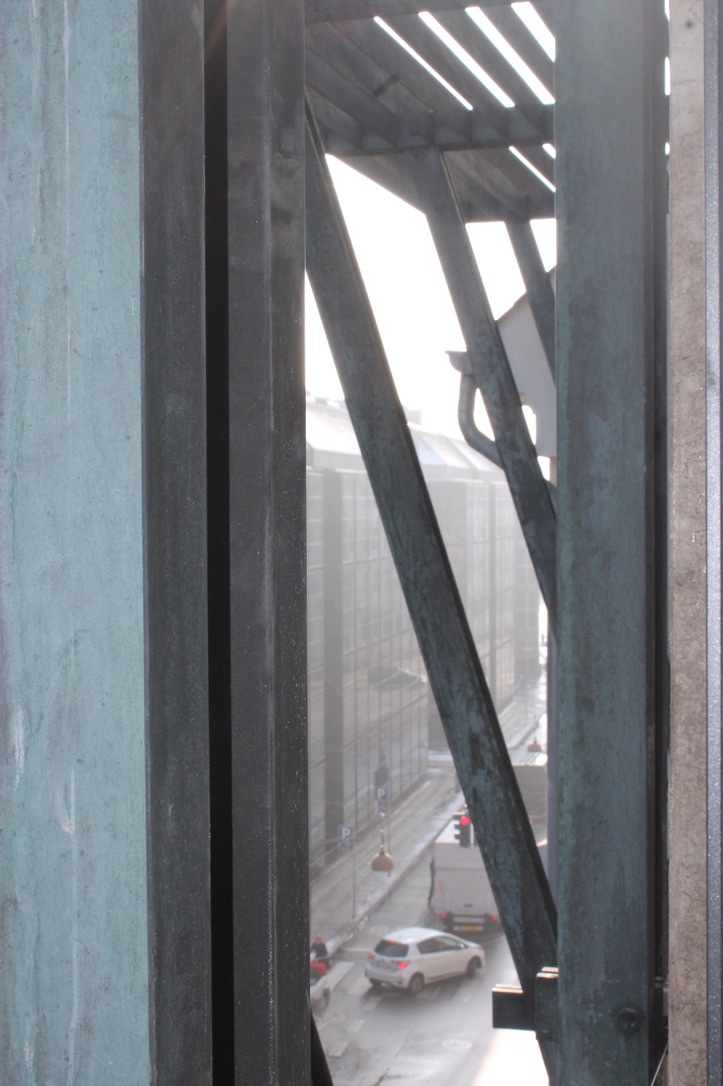This PhD thesis presents the built works of the Danish architect Hans Christian Hansen (HCH, 1901-1978) who worked at the office of the city architect in Copenhagen between the late 1930’s and early 1970’s. The hypothesis is that HCH´s works are characteristic from a tectonic perspective and quite unique in its geographical and historical context.
Therefore, the purpose of the project is to provide documentation on HCH´s built works, who is rather unknown to a larger audience. At the same time, it aims at explicating the works with a focus on tectonics. Finally the research situates HCH’´s works within theories and practices of tectonics.
HCH did not write about his architecture and it was not possible to gather much written documentation related to his life. This challenged the writing of a typical monography and led to investigate other formats and methods. The research is based on a bottom-up approach in which the built, besides being the object, becomes the medium. Analysis of works through investigations based on drawing and photo emerge as key elements in the process of generating and communicating embedded tectonic knowledge. The relation between tectonic characteristics -seen as interactions and ambiguities among construction, structure and expression- and its depiction through drawing and photo instruments lays in the dialogue among the concealed and the exposed. Whereas detailed section drawings should disclose rather concealed issues most connected to the technical; photo fragments should focus on the exposed by revealing material matters and details -considered as joints that reinforce the construction integrity.



